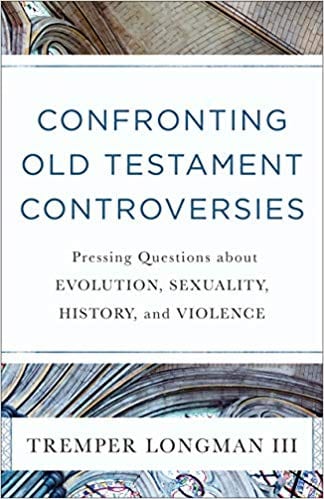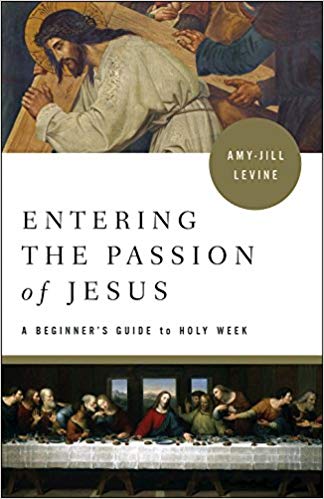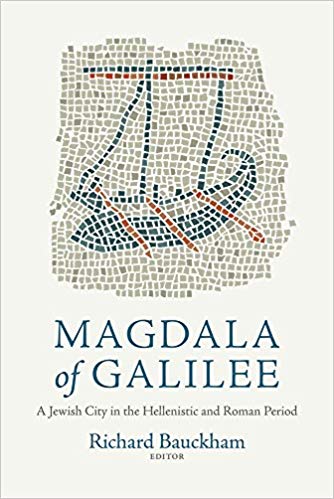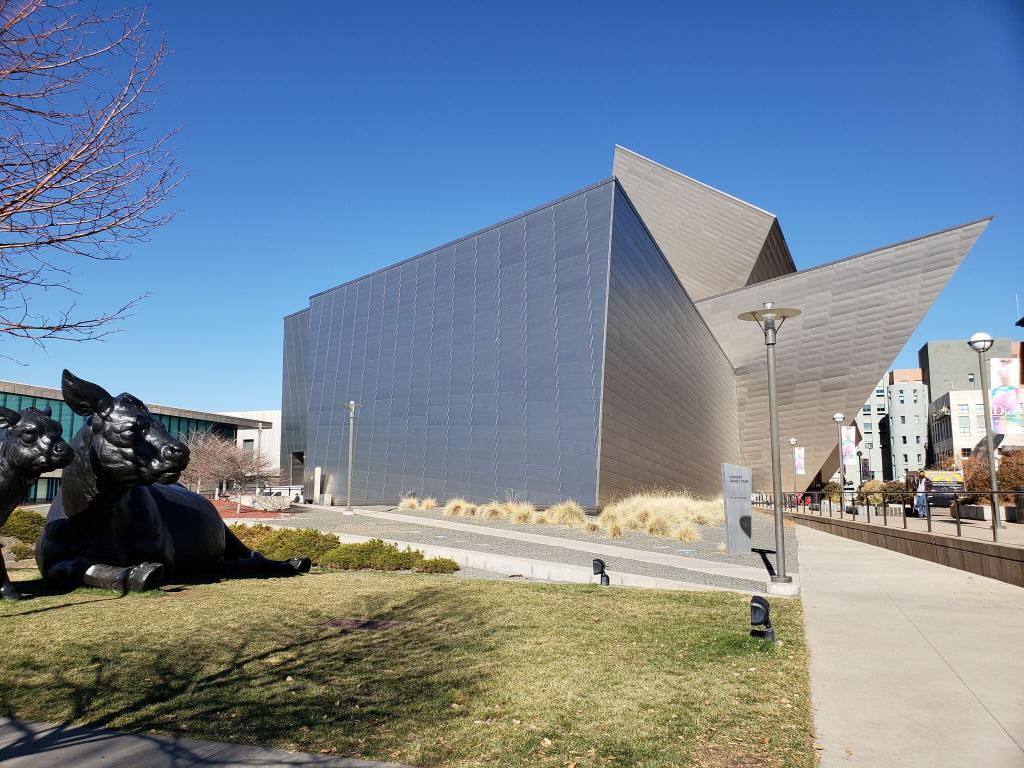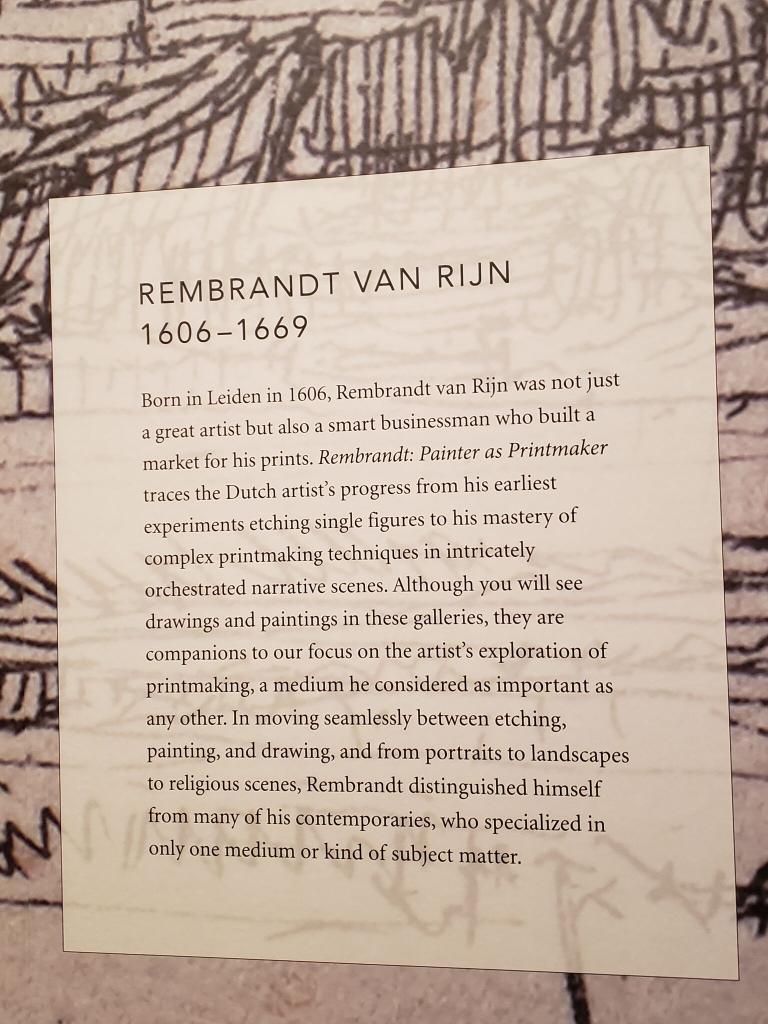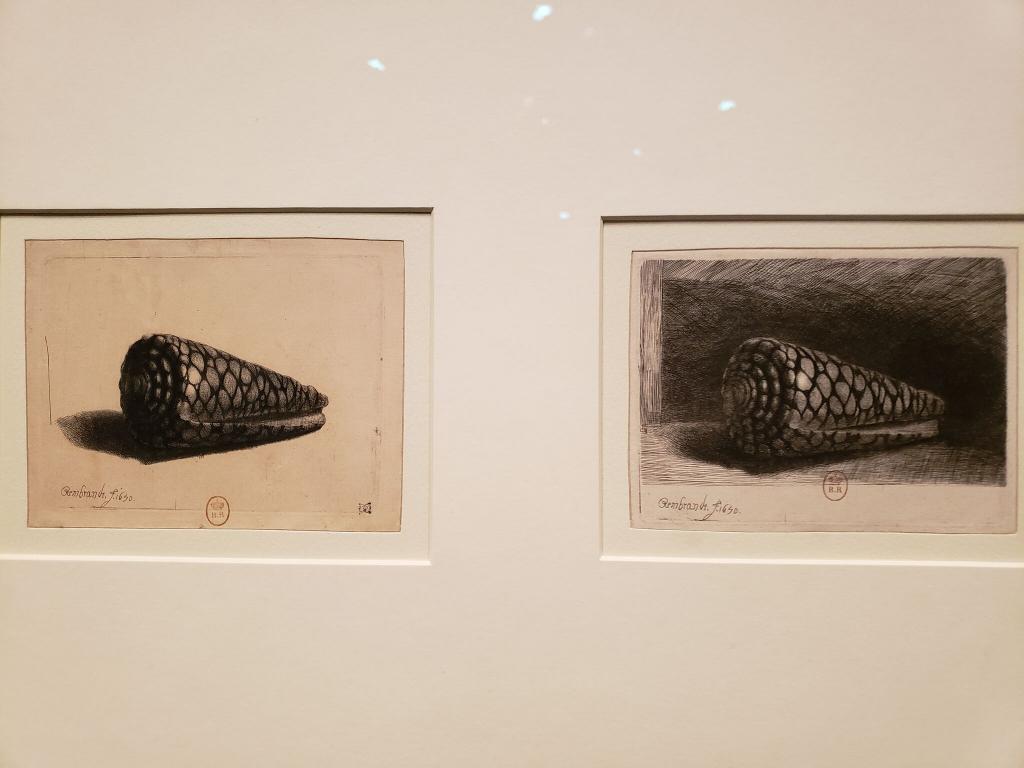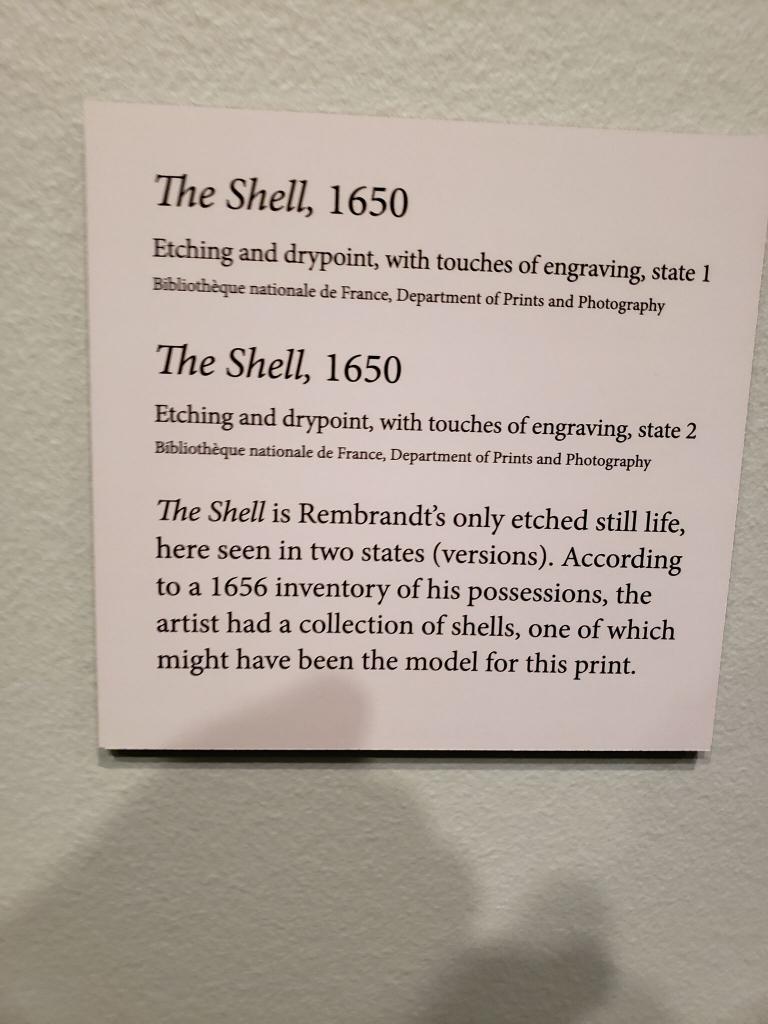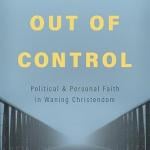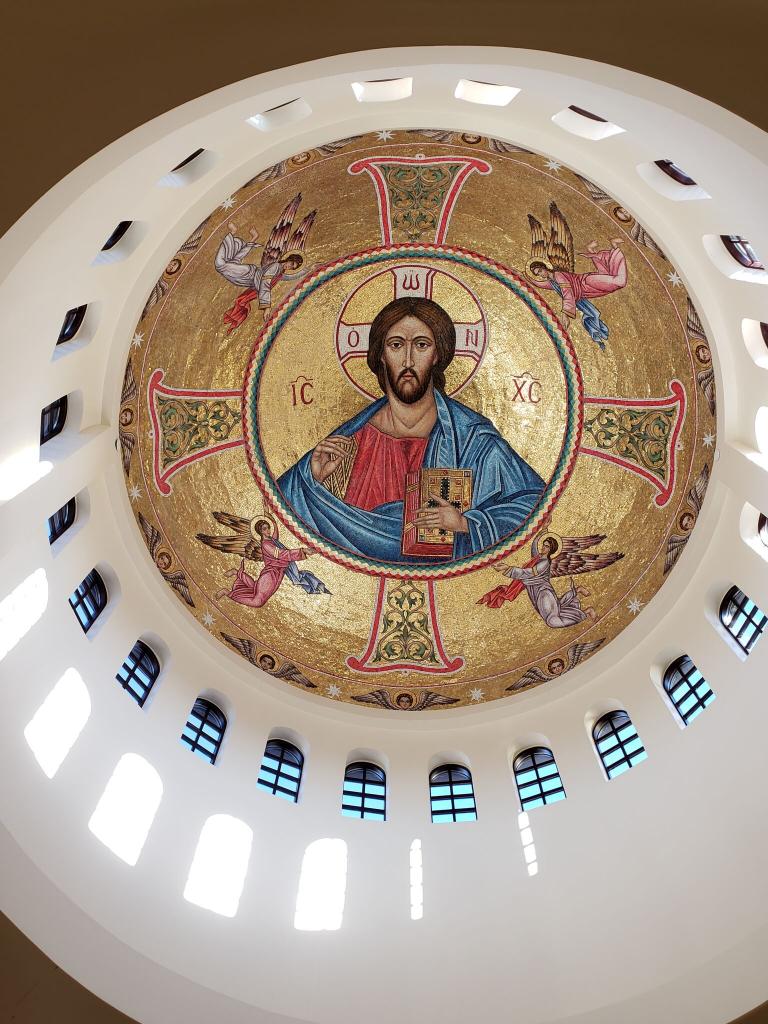
As we are approaching the special called Conference in Feb 2019, I here reprint from the December issue of Catalyst a helpful analysis of the big problems the One Church Plan presents us with. I agree with David’s analysis. What the One Church Plan will do is just further divide our church and turn it into a church whose polity is congregational on human sexuality issues, not in any way Methodist. Why exactly the Judicial Council did not already make clear that this plan violates our church character, nature, and praxis of having the General Conference make such decisions about what counts as marriage, proper sexual conduct, and proper ordination is unfathomable. And at the root of all this a fundamentally flawed theology that suggests that the Holy Spirit today could contradict what the Holy Spirit clearly said through Holy Scripture long ago, not to mention placing us at odds with the majority of Christians world wide Catholic, Protestant, and Orthodox on this very issue. When our modern assumptions that human experience can trump what most Christians believe reason, tradition, and Scripture tell us, we are already far down the road to ethical and theological heresy—- sadly.
BW3
The One Church Plan: Problems of Governance and Theology
David F. Watson
Wesley and the Methodists
DAVID F. WATSON
The United Methodist Church (UMC) stands on the brink of formal division. Different groups within the church are at loggerheads over how we can best live together – if indeed we can live together – in light of our disagreements over what the Discipline calls “homosexual practice.” Over the last several years, there has been no shortage of proposals regarding how we should respond to our ongoing conflict. One of these proposals, the One Church Plan (OCP), has won the approval of a majority of our bishops, as well as the Uniting Methodists caucus group and others who understand themselves to be moderates or centrists. This plan purports to create a commodious, generous orthodoxy under which the people of the UMC may at last live together in peace. While I believe the intention of this plan is noble, I have serious reservations about the measures it proposes.
First, however, a word about my intentions in this article: Our internecine debates about how best to move forward through the morass of disagreement over “homosexual practice” have become ever more venomous. It is hard at times to speak truth to one another without rancor. From the outset, then, I want to be clear: What I will offer here is a critique of ideas, not people. I am working from the assumption that those who wrote the OCP did so in good faith out of a genuine desire to preserve what they understand to be the unity of the church. I attribute no ill intentions to them. Many of my friends affirm the OCP. They know I do not. We have had clarifying and respectful conversations about these matters. Respect, however, also involves honesty, and so in this article I will also be both honest and forthright about what I see as the problems with the OCP. I appreciate the desire for unity, as well as the desire to protect our mission of making disciples of Jesus Christ for the transformation of the world. The OCP, however, will bring both division and diminishment to our denomination and churches. In what follows I will explain why. I will do so by addressing two problematic areas with the OCP: problems of governance and problems of theology. The version of the OCP from which I am working in this article can be found here.
The Problem of Governance
The OCP proposes to amend ¶105 of the Discipline to begin, “We agree that we are not of one mind regarding human sexuality.” It is hard to dispute this point, but it misdiagnoses our problem. United Methodists disagree about many things. There will be disagreement within any denomination. That United Methodists in particular would disagree about rather important issues of doctrine and ethics was guaranteed by the ecumenical spirit in which our denomination was formed. We were meant to be a “big tent,” and within the big tent, everyone would have to live with things with which he or she disagreed.
What was imperative, then, was that we established processes for dealing with disagreement, especially about big issues that would affect our denominational identity. These processes would serve as the instruments of unity that would allow us to remain a single church even in the midst of our disagreement. The primary instrument of unity for our denomination is and always has been the General Conference.
Yes, United Methodists disagree about homosexuality, but we have ways of dealing with disagreement. The threat of division is not the result of disagreement. Rather, the threat of division comes from the rejection of our processes for resolving disagreement by some segments of the church, including some of our bishops. I understand that those who have rejected our processes for the resolution of disagreement have done so out of a deep sense of moral obligation. We should be clear, however, that what we are facing is not simply a clash of ideologies, but a crisis of governance.
Changes of Governance in the OCP
In one sense, it seems that the writers of the OCP have perceived this. The solution they offer changes our governance, moving some decision-making authority to local churches, individuals, and annual conferences. Local churches may decide on their own wedding policies, i.e., whether they will allow same-sex weddings on church property. Clergy, we read, “would have the freedom to exercise individual conscience” regarding same-sex marriage. They will not be required by the denomination to perform same-sex weddings, but they may do so if they wish (16). The prerogatives of annual conferences are a bit foggy; apparently, they would decide whether to ordain self-avowed, practicing homosexaul clergy or “add language to their Standing Rules to restrict ordination” (16). A proposed change to ¶605 reads, “At any clergy session of an annual conference, the chairperson of the Board of Ordained Ministry shall, if directed by a vote of the Board of Ordained Ministry, present a motion regarding certification, ordination, and appointment of self-avowed practicing homosexuals” (24). Annual conference lay delegates, then, have no say in this matter. As for bishops, if they are in an annual conference that affirms the ordination of self-avowed, practicing homosexual people, they may abstain from performing the ordination of such candidates if they wish. Another bishop will fill in for them. Once any candidate is ordained, however, the bishop is responsible to provide him or her with an appointment.
The OCP states that it leaves our leadership structure in place (11), but this is only partly true. Yes, the structures themselves remain the same, but their powers and responsibilities in some cases change markedly. Moving decisions about homosexuality to annual conferences, churches, and individuals signals a broad shift in the way we make decisions about controversial matters. Noteworthy is the move toward a polity based on individual conscience, rather than on the collective decisions of the church. One might object that the OCP shifts decision-making power only with regard to matters related to homosexuality, but its basic principle, clearly spelled out in its “Theological and Biblical Foundations,” is that our deep disagreement necessitates this shift. Were we to follow this same principle moving forward, whenever there is deep disagreement at the level of the General Conference, we should simply move decision-making power to local levels.
Endangering the Local Church
I have particular concerns about the OCP at the local church level. It specifically states, “Local churches are not required to vote. Most would likely make no changes in practice at the local level” (15). It also affirms: “This plan minimizes disruption in the local church (in most cases) and gives freedom to churches to adapt in order to minister to the LGBTQ community in context” (15). This picture of the effects of the OCP on local churches is optimistic, to put it kindly. It would only take a very small vocal minority to push for a vote in any church. Most United Methodist churches represent a diverse array of opinions about matters related to LGBTQ persons. In time, most will likely vote if the OCP passes. This plan avers that it is merciful to allow churches to debate and decide issues related to LGBTQ people internally, rather than relying on the duly elected representatives to the General Conference. I would argue that this is not mercy, but cruelty. The church I attend, like so many others in United Methodism, would be torn apart were it forced into such a decision. Shifting the locus of authority from the General Conference to the Annual Conference, local church, and individual would not resolve our disagreements or bring peace, but rather metastasize the rancor and division that so characterizes our quadrennial gatherings.
The Problem of Theology
The problems with the OCP are not simply practical matters of governance. There are also numerous theological problems. For example, a proposed amendment to ¶105 reads, “As we continue to faithfully explore issues of sexuality, we will honor the theological guidelines of Scripture, reason, tradition, and experience, acknowledging that God’s revelation of truth and God’s extension of grace as expressed in Jesus Christ (John 1:14) may cause person of good conscience to interpret and decide issues of sexuality differently” (20, italics mine). By this rationale, our disagreement results from God’s revelation of truth and grace. How God’s revelation and grace have led us into this confusion is unclear, as is God’s rationale for doing so. Apparently, God is in fact the author of confusion (contra 1 Cor 14:33). Perhaps a better rationale would be, “For now we see in a mirror, dimly, but then we will see face to face. Now I know only in part; then I will know fully, even as I have been fully known” (1 Cor 13:12, NRSV). In other words, in our human brokenness and finitude, we may not be able always to perceive God’s truth with clarity. This would mean, however, that some people in our denominational debate have perceived God’s will more clearly than others, which the OCP is loathe to concede.
An Unstable Definition of Marriage
Another theological liability of the OCP is that it changes the definition of marriage for the entire church, but provides no theological rationale for the definition it proposes. The proposed amendment to the Social Principles in ¶161.C states, “We affirm the sanctity of the monogamous marriage covenant that is expressed in love, mutual support, personal commitment, and shared fidelity, traditionally understood as a union of one man and one woman.” This is no small change, as the intensity of debate demonstrates. Nevertheless, the OCP never makes the case for this particular definition of marriage. Instead, the section entitled “Theological and Biblical Foundations” focuses on a vision of the church rooted in theological diversity. What happens, then, if groups within the church begin to reject the principles of monogamy and covenant on which the revised definition is based? There is no strong case in the OCP that these values are essential to Christian marriage. Must we then allow for even more breadth in our understanding of marriage? Without making a strong case for the notion of marriage that it proposes, the OCP opens the door to further revision based on the principles of diversity and inclusivity.
Is the OCP Neutral Ground?
It may be that the OCP focuses on theological diversity, rather than a revised definition of marriage, because the architects of this plan see it as a compromise position that creates “space for all United Methodists to continue to coexist without disrupting their ministries” (11). In other words, they see the OCP as neutral ground in which progressives, centrists, and conservatives can all stand together. This understanding of the OCP is accurate – as long as you are willing to dispense with the connection between the holiness of the church and its teachings and practices around marriage. If you do believe this, whether you are a progressive or traditionalist on this matter, the OCP will not work for you.
It is important to note that the OCP implicitly affirms same-sex marriage. By eliminating the stipulation that marriage is between one man and one woman, we are not simply creating space for a broad range of positions. We are implicitly stating that we recognize the validity of gay marriage as a denomination, even if some members of our denomination do not agree with our doing so. In other words, we have a case of addition by subtraction. Crucial to this point is that there is no local option attending the redefinition of marriage. It is a redefinition for the entire denomination. Committed traditionalists should not be happy with this.
Yet the OCP also allows clergy, local churches, and Annual Conferences to reject and even prohibit same-sex marriage and the ordination of self-avowed, practicing homosexual people. Following the line of argument that progressives have made since the earliest days of our denomination, this is simply the continuation of a longstanding pattern of discrimination. It will allow United Methodists in some areas to act in ways that progressives have long claimed to be unjust, bigoted, hateful, and harmful.
All this is to say, the OCP does not create a neutral ground where all can stand in unity. Rather, it offers us a picture of the church in which the way we understand and practice marriage just is not all that important. Those who do think our understanding of marriage is a crucial part of our life together – those who hold deep theological and ethical convictions about marriage – will never be satisfied with this proposal.
Religious Liberty?
The final theological problem with the OCP I wish to address has to do with its bewildering yet all-too-frequent use of the term “religious liberty” for churches and clergy. Religious liberty is a notion at home in the sphere of civil government. It protects religious groups and individuals from restrictions and interference by the government in the expression of their beliefs and practices. As an ecclesiological concept, religious liberty is as out of place as a pig in a rose garden. Churches are communities of faith and practice. In the United States, joining a church is, in and of itself, an expression of religious liberty. The decision to order one’s life in keeping with the teachings of the church is also an expression of religious liberty. Such liberty is necessary so that people of faith can live out their convictions in a society that does not always share those convictions. But should people of faith be protected from the convictions of the communities of faith they have freely chosen? The use of “religious liberty” in the OCP betrays a deep confusion about the difference between a church and a civil society. This confusion, moreover, runs through the entire plan like a foundational crack that will eventually result in the collapse of the entire structure.



